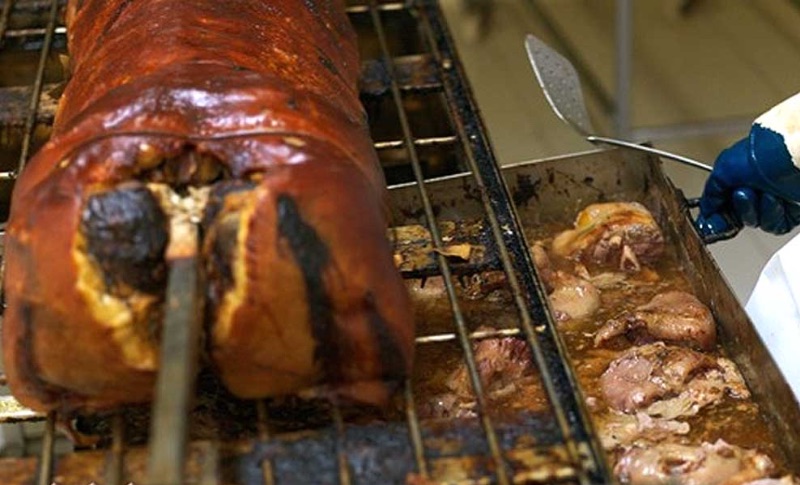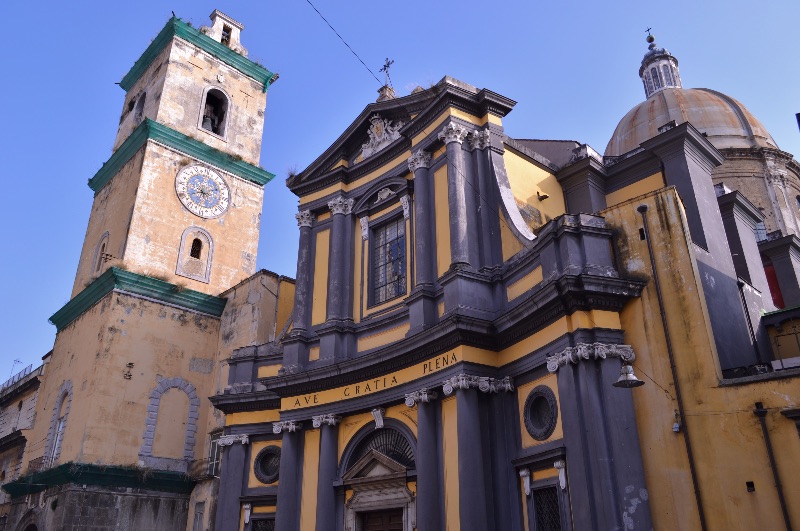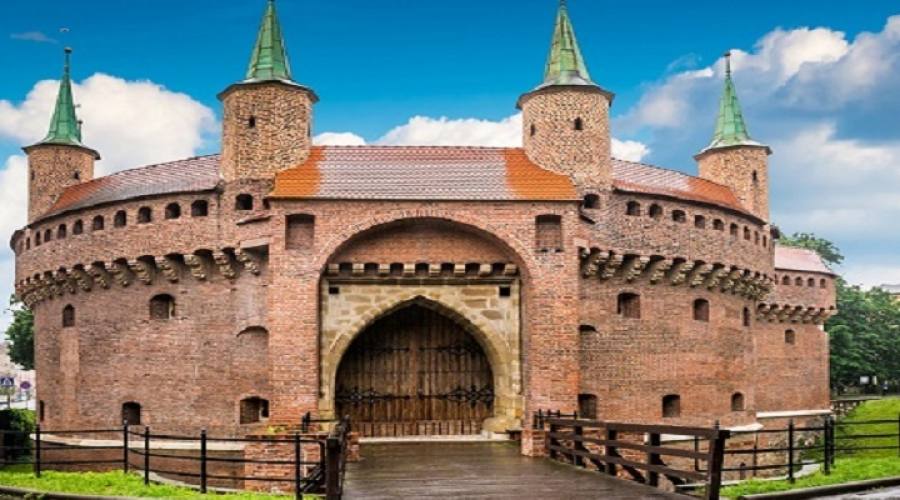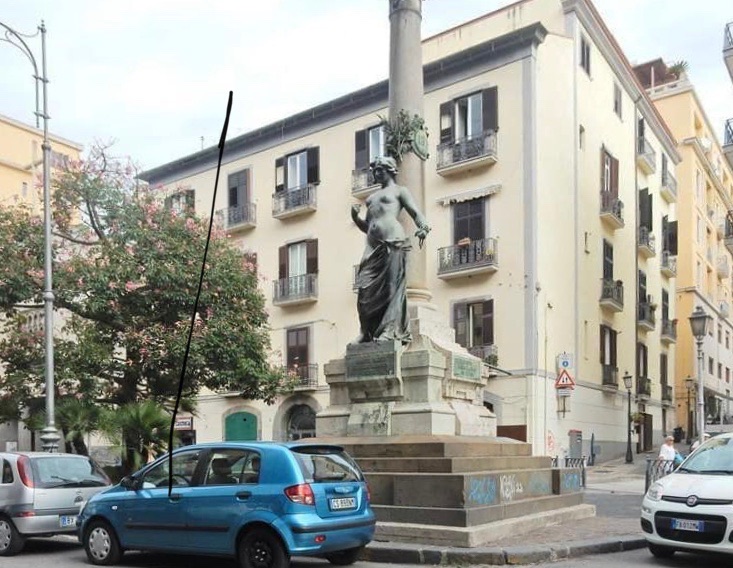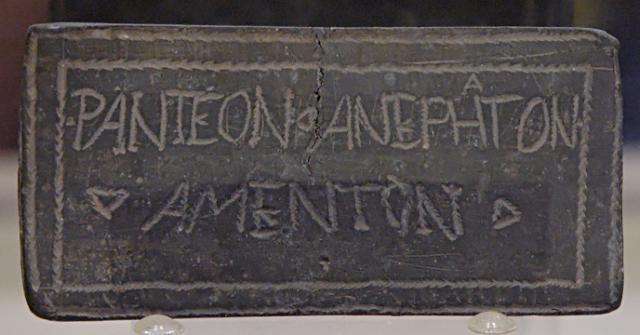In the small medieval village of Grutti there is still a communal wood-burning oven that was used until a few decades ago by the families of the village to cook porchetta and, obviously, cicotto.
In Grutti, a hamlet of five hundred inhabitants in the municipality of Gualdo Cattaneo, the cicotto is a tradition on a par with the now famous porchetta and its long and patient preparation has been handed down in the village from father to son, from the elderly to the current producers.
Unlike other areas of Umbria, where similar preparations are handed down, but made only with the shank of the pig, the tradition of Grutti provides for the cooking of all the cuts of the animal.
Ears, shanks, tongue, tripe and other entrails are worked and boned by hand, washed and cut up.
The meat mixed in this way is placed in a vat and then in the oven under the porchetta, so as to collect its fat and the spices used for cooking it, a mixture of fresh rosemary, red garlic from nearby Cannara, black pepper and fennel.
Cooking is very slow, varying from nine to twelve hours, at a temperature of about 200°C, so that the cicotto remains soft and rich in aromas. Once it is cooked, it is left to cool, the fat and cooking liquids are drained off into special baskets and then it is ready for consumption. But it is also excellent preserved and reheated. Cicotto is also used to prepare sauces or a typical local recipe with snails and some recipes with chickpeas or beans.
Intense, with a soft, juicy texture and smoky notes on the nose, in the mouth it reveals all its flavour and spiciness.
The name has its roots in 16th century cooking treaties, when the term was used to identify the leg and therefore the leg of the animal, essential ingredients of this product.
